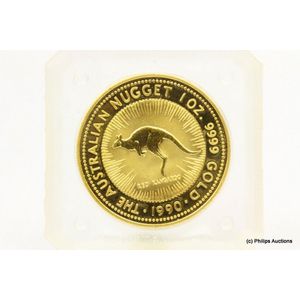Set of Three Sterling Silver Marrow Spoons
You must be a subscriber, and be logged in to view price and dealer details.
Subscribe Now to view actual auction price for this item
When you subscribe, you have the option of setting the currency in which to display prices to $Au, $US, $NZ or Stg.
- Sterling Silver - Sterling silver is a mixture of 92.5% pure silver and 7.5% of another metal, usually copper. Fine silver is 99.9% pure silver, and is relatively soft and the addition of the very small amount of copper gives the metal enough strength and hardness to be worked into jewellery, decorative and household objects.
- Verso - Verso is the "back" side of a sheet of paper, art work, coin or medal. The front side is "recto".
- Scallop / Shell Motif - The shell motif has been used in furniture and decorative arts for centuries. In ancient Greece and Rome, shells were often used as decorative elements on furniture and in mosaics. The scallop or cockleshell are the most commonly used. During the Renaissance, the shell motif became popular in furniture and architecture, as the ornate decoration was seen as a symbol of wealth and luxury. In the 18th century, the Rococo style of furniture and decorative arts featured an abundance of shell motifs, and it was used by Thomas Chippendale and as a feature on Queen Anne style cabriole legs. In the 19th century, the shell motif was incorporated into Victorian furniture and decorative items, and often a representation of the the conch shell was inlaid into furniture.
- Marrow Spoon - A spoon with a long handle and a narrow scoop shaped bowl, used to scoop and eat marrow from the hollow centre of roasted bones. Some marrow scoops are double ended with a different shaped bowl at each end.
- Circa - A Latin term meaning 'about', often used in the antique trade to give an approximate date for the piece, usually considered to be five years on either side of the circa year. Thus, circa 1900 means the piece was made about 1900, probably between 1895 and 1905. The expression is sometimes abbreviated to c.1900.
This item has been included into following indexes:
Visually similar items

English hallmarked sterling silver Victorian set of twelve spoons in the fiddle pattern, monogrammed 'S'. London, 1846, maker John James Whiting. Condition: good, minor tarnishing. Length 17.7 cm. Weight 652g

A gold proof 1990 Australian red kangaroo coin 1OZ, 24ct yellow gold, dated 1990, 1oz weight, featuring the red kangaroo, sealed

An Edwardian 18ct gold diamond and stone set ring, belcher set with 3 old round cut diamonds totalling an estimated 0.25ct and 2 synthetic rubies, size M, wt. 2.6g

A large William IV mahogany sideboard, the rectangular sideboard with a carved splashback, supported by monopodium pedestals with lion feet, 250 x 74 x 135 cm
